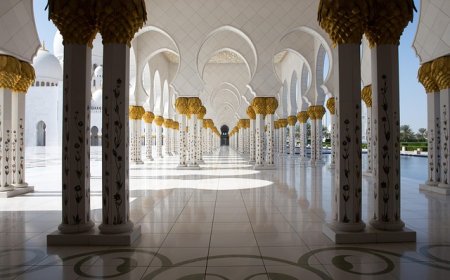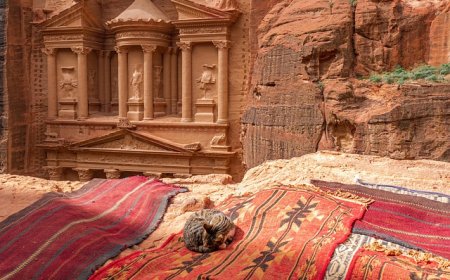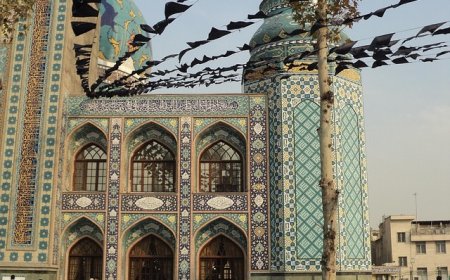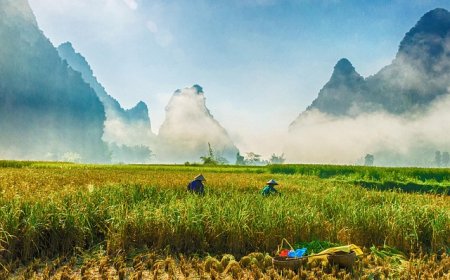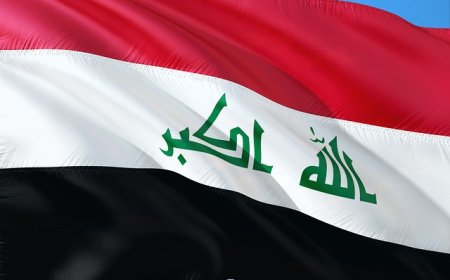Bhutan for Students: Geography, Culture, and Happiness in the Himalayas
Discover Bhutan for kids. Learn about stunning landscapes, peaceful people, and Bhutan’s unique approach to happiness. Includes fun facts, vocabulary, and a quiz.
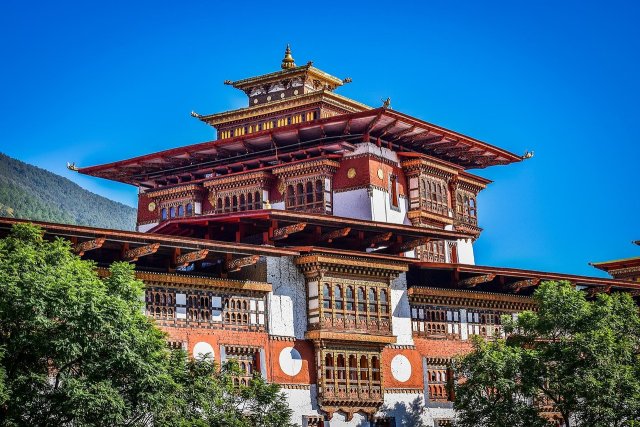
🇧🇹 Bhutan: The Kingdom of the Thunder Dragon
Introduction
Bhutan is a small, landlocked country in South Asia, nestled high in the eastern Himalayas between India and China. Known for its snowcapped mountains, peaceful valleys, and colorful temples, Bhutan is one of the few places in the world where ancient traditions are still a major part of daily life.
What makes Bhutan especially unique is its focus on Gross National Happiness, a measure of well-being that values culture, nature, and community more than just money. In Bhutan, protecting the environment and living in harmony are more important than shopping malls or tall skyscrapers.
Geography and Landscape
Bhutan’s geography is made up of steep mountains, thick forests, deep river valleys, and highland plains. The country stretches from low valleys in the south to towering Himalayan peaks in the north. Some of these mountains rise above 7,000 meters (23,000 feet), making parts of Bhutan remote and rugged.
Bhutan’s climate varies by elevation. In the south, it’s hot and humid, while in the mountains it can be chilly or snowy. Most people live in central valleys, where the land is good for farming and the weather is mild.
The government takes the environment seriously—over 70% of the land is covered in forest, and Bhutan is the world’s only carbon-negative nation, meaning it absorbs more carbon dioxide than it produces.
Cities and Regions
Bhutan’s capital is Thimphu, a small city surrounded by mountains. It’s the largest city and the center of government, culture, and education. Unlike other capitals, Thimphu has no traffic lights—just officers guiding cars at busy intersections.
Other important towns include:
- Paro – home to Bhutan’s international airport and the famous Tiger’s Nest Monastery, which clings to a cliff
- Punakha – known for the Punakha Dzong, a grand fortress at the junction of two rivers
- Trongsa – a historic town that connects eastern and western Bhutan
Most Bhutanese villages are in mountain valleys where people farm and live in traditional houses decorated with bright colors and symbols.
People, Language, and Culture
The people of Bhutan are called Bhutanese. The official language is Dzongkha, but many also speak local languages like Sharchop or Nepali. English is taught in schools and used in government and business.
Buddhism is the main religion, especially the Mahayana form. Monasteries, prayer flags, and stupas are found across the country, and monks are highly respected. Religion plays a big role in life—many homes have altars for prayer, and people participate in festivals called tsechus, where they watch masked dances and offer blessings.
Bhutanese culture values modesty, respect, and kindness. People often wear national dress: men wear a robe called a gho, and women wear a long dress called a kira. Traditional music, weaving, and painting are also important.
Food and Daily Life
Bhutanese food is simple, spicy, and full of flavor. The national dish is ema datshi, a mix of chili peppers and cheese. Other foods include red rice, momos (dumplings), and phaksha paa (pork with radishes or chilies).
Many Bhutanese are farmers, growing crops like rice, potatoes, and chilies on mountain terraces. Others work in schools, hospitals, or tourism. The country is mostly rural, with only a few cities. Electricity and clean water are available in most areas, but some remote villages still rely on traditional ways.
Children wear uniforms and go to school for free, learning English, math, Dzongkha, and more. Bhutan also teaches values like compassion, respect, and protecting nature.
History of Bhutan
Bhutan’s history goes back more than 1,000 years. It was once a group of small kingdoms and Buddhist communities. In the 1600s, a spiritual leader named Zhabdrung Ngawang Namgyal united the country and built dzongs (fortress-monasteries) for religion and defense.
In 1907, Bhutan became a kingdom ruled by a royal family. It remained mostly closed to the outside world until the 1970s, when it slowly began to modernize while still keeping its traditions.
Today, Bhutan is a constitutional monarchy, meaning it has a king and an elected government. The current king, Jigme Khesar Namgyel Wangchuck, is admired for being kind, wise, and close to the people.
Nature and Happiness
Bhutan’s natural beauty is breathtaking. Its forests are home to animals like the red panda, snow leopard, takin (the national animal), and over 700 types of birds. National parks and protected areas make up over half of the country.
The country is also famous for its Gross National Happiness (GNH) policy. Instead of focusing on money, Bhutan’s leaders measure success by how happy and healthy their people are. GNH looks at education, health, the environment, cultural traditions, and good government.
Bhutan is careful about tourism. Visitors must follow local customs and pay a special fee to help protect nature and culture. This way, tourism benefits the country without harming it.
Vocabulary List
| Word | Definition |
|---|---|
| Landlocked | A country with no coastline or access to the sea |
| Dzongkha | The official language of Bhutan |
| Gho and Kira | Traditional clothes worn by Bhutanese men (gho) and women (kira) |
| Tsechu | A religious festival with dances and prayers |
| Dzong | A fortress that serves as both a monastery and government office |
| Gross National Happiness (GNH) | A way to measure success by well-being instead of money |
| Takin | Bhutan’s national animal, with a goat-like face and cow-like body |
| Carbon-negative | A country that removes more carbon dioxide from the air than it produces |
👧🧒 Kid-Friendly Summary
Bhutan is a peaceful country high in the Himalayas. People there care a lot about happiness, kindness, and nature. The king helps lead the country, and people wear bright traditional clothes and celebrate big, fun festivals.
In Bhutan, you’ll find big mountains, prayer flags, and smiling monks. They eat spicy food, grow their own vegetables, and go to school to learn both science and good values. Bhutan is small, but its heart is big!
🧠 Interactive Quiz: What Do You Know About Bhutan?
1. What is the capital city of Bhutan?
A) Paro
B) Kathmandu
C) Thimphu
D) Lhasa
2. What is the national dish of Bhutan?
A) Dal bhat
B) Ema datshi
C) Sushi
D) Curry
3. What religion is most common in Bhutan?
A) Christianity
B) Islam
C) Buddhism
D) Hinduism
4. What is Gross National Happiness?
A) A holiday
B) A king’s title
C) A way to measure people’s well-being
D) A type of mountain
5. What are gho and kira?
A) Foods
B) National animals
C) Traditional clothes
D) Houses
6. What is a dzong?
A) A dish
B) A fortress-monastery
C) A type of river
D) A mountain
7. What animal is Bhutan’s national symbol?
A) Snow leopard
B) Tiger
C) Takin
D) Yak
8. Which famous monastery clings to a cliff in Paro?
A) Thimphu Temple
B) Lumbini Shrine
C) Tiger’s Nest
D) Monkey Mountain


















































